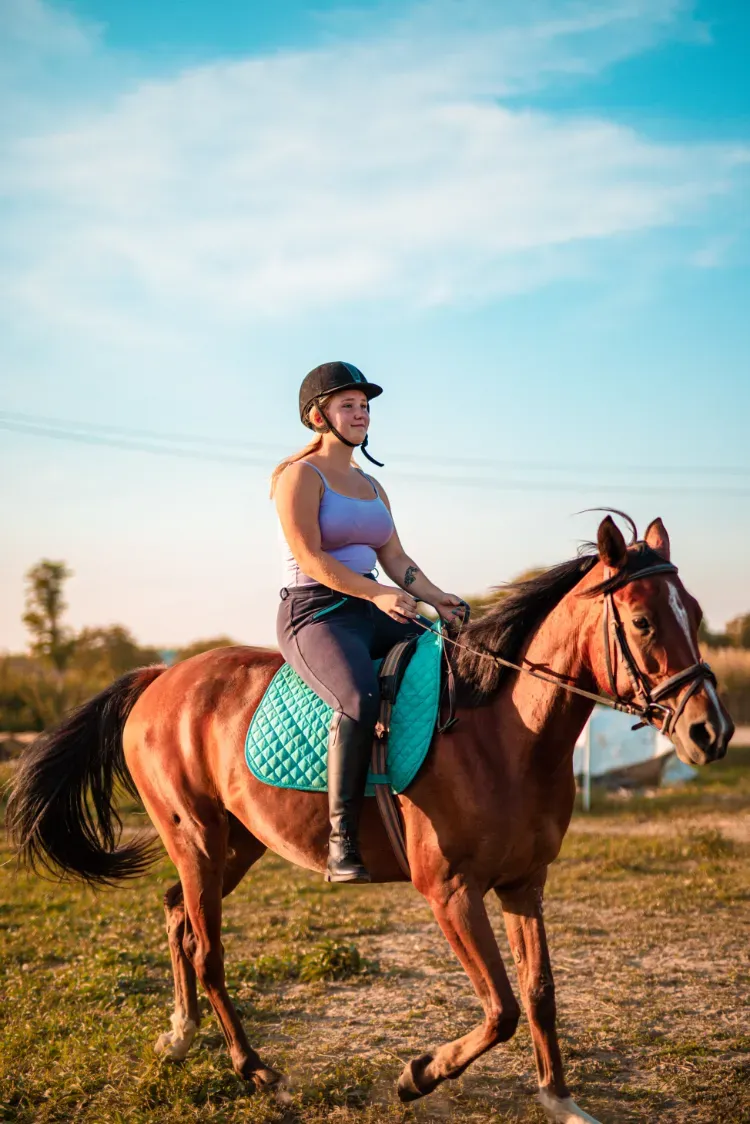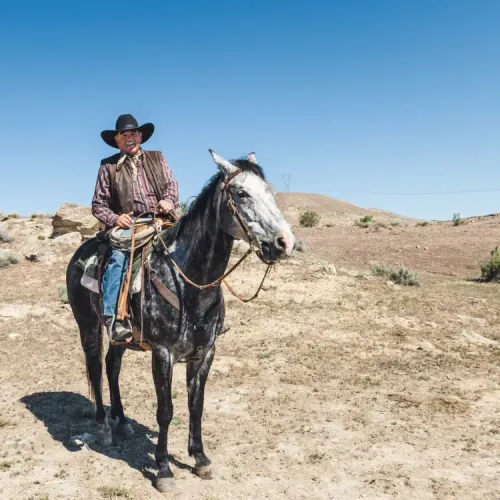
Table of Contents
Determining a horse's strength is essential to ensure safe riding experiences. Whether you plan to ride a horse for leisure or sport, it's crucial to assess the load-carrying capacity using proven methods. Two popular methods for assessing a horse's capacity to carry weight include measuring the cannon bone circumference and calculating a percentage of the horse's body weight. Both of these methods have their merits, but it's crucial to consider a horse's conformation and individual characteristics to make informed decisions about horse rider weight. In this article, we will explore the two methods and highlight their benefits and limitations.
Method 1: Measuring Cannon Bone Circumference
The cannon bone circumference is a valuable indicator of a horse's strength and load-carrying capacity. To use this method effectively, measure the circumference of the front leg cannon bone just below the knee. The strength of the horse is found with reference to this cannon bone circumference.
This list gives the links between the cannon bone circumferences and the maximum rider weights:
- Hack with 7.5 inches of bone – 11 stone rider (154 pounds)
- Riding horse with 8 inches of bone – 12 stone rider (168 pounds)
- Lightweight hunter with 8.5 inches of bone – 13 stone rider (182pounds)
- Middleweight hunter with 9 inches of bone – 14 stone rider (196 pounds)
- Lightweight hunting cob with 8.5 to 9 inches of bone – 14 stone rider (196 pounds)
- Heavyweight hunter with 9.5 inches of bone – 15 stone rider (210 pounds)
- Heavyweight hunting cob with 9 to 9.5 inches of bone – 15 stone rider (210 pounds).
This method is commonly used in the English hunting set to avoid overloading horses. However, it's important to note that the weight of the saddle is not considered in this approach, and horses are generally ridden in light English saddles.
Method 2: Calculating a Percentage of the Horse’s Body Weight.
For this method, accurately measure the horse's body weight using livestock scales. It is best to weigh the horse when it is in a slim condition to ensure more precise results, overweight or underweight horses should not be assessed. Then, calculate the percentage of the horse's body weight to determine its strength. The commonly used rule is that horses can carry 20% of their body weight without undue strain. This 20% includes the saddle and all attachments, including the rider.
The 20% rule should only be used as a guide!
The 20% rule is a good place to start and will give you a rough idea of where you are at. However, it's not a hard and fast rule, some horses are able to carry in excess of 20% of their body weight.

Western Saddle
The 20% rule is commonly used with western saddle horses and western riders, generally giving higher weights than the cannon bone circumference method. However, a well-fitted western saddle means less pound pressure per square inch over the horse’s back. This picture shows a horse in a comfortable but heavy western saddle.
Horse Types and Weights in relation to the 20% Rule
The link between a horse’s body weight and the 20% weight rule is found by dividing the body mass by 5. Here are examples using typical western horse breeds:
- Arab Horses weighing 900 pounds – Max rider weight: 180 pounds.
- Large Arabian or small Morgan Horses weighing 1000 pounds – Max rider weight: 200 pounds.
- Morgan/Quarter Horses weighing 1100 pounds – Max rider weight: 220 pounds.
- Quarter Horse weighing 1200 pounds – Max rider weight: 240 pounds.
- Quarter Horse weighing 1300 pounds – Max rider weight: 260 pounds.

Article Suggestion
Debunking the 20% Rider Weight Rule for Horse RidingConclusion
1. Cannon Bone Circumference
Measure your horse’s cannon bone circumference and use this to determine his strength. Remember, the saddle weight is not considered, but the method remains very horse friendly.
2. Percentage of the Horse’s Body Weight.
Weigh your horse with livestock scales and then calculate 20% of this amount. This gives the maximum total weight that can be carried, however, the rule is not suitable for all horses.
Identifying your horse's strength is crucial for responsible riding and the well-being of both the horse and rider. Utilizing both the cannon bone circumference and the 20% body weight rule can provide valuable insights. However, it's essential to remember that these methods serve as guidelines and should be complemented by evaluating the horse's conformation, fitness level, and overall health. Making informed decisions based on these factors will ensure a safe and enjoyable riding experience for everyone involved.

Article Suggestion
Heavy Riders need Happy Slim Horses
